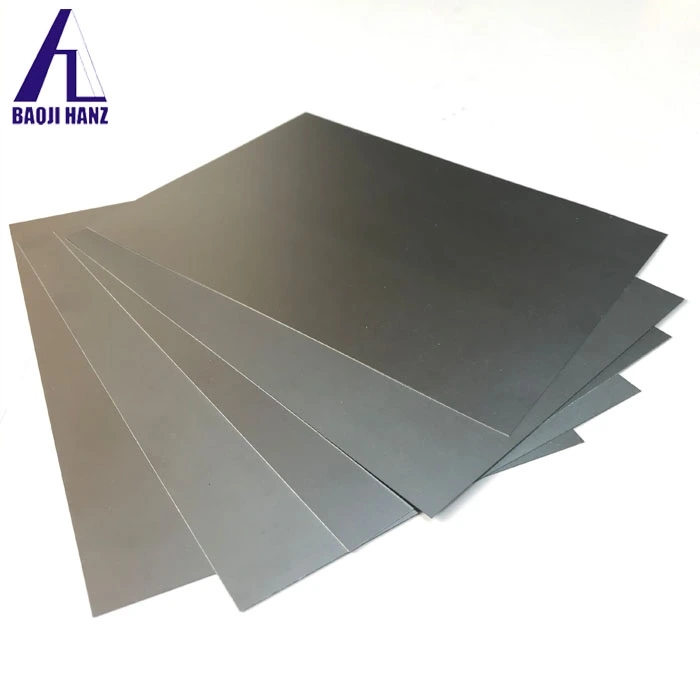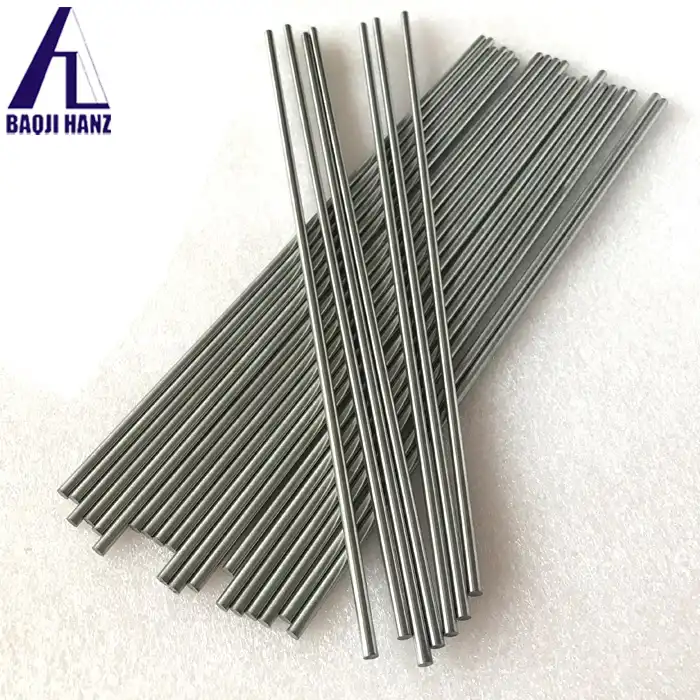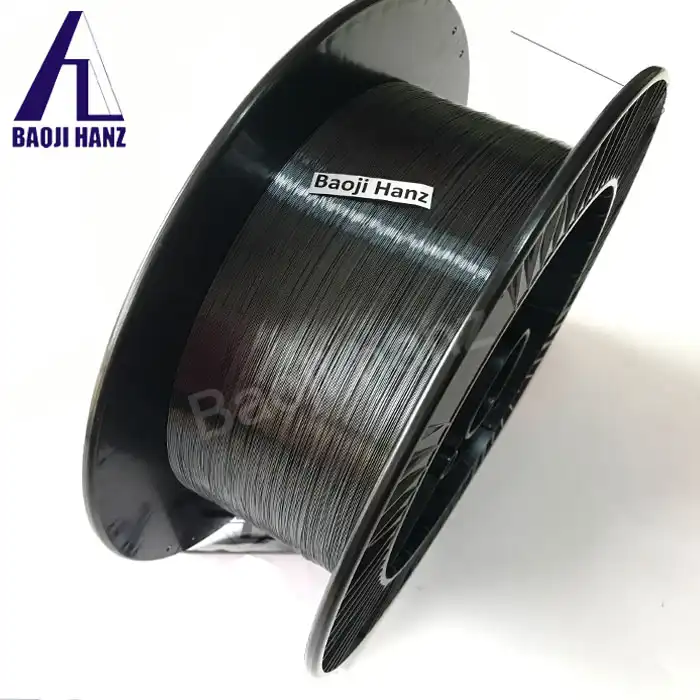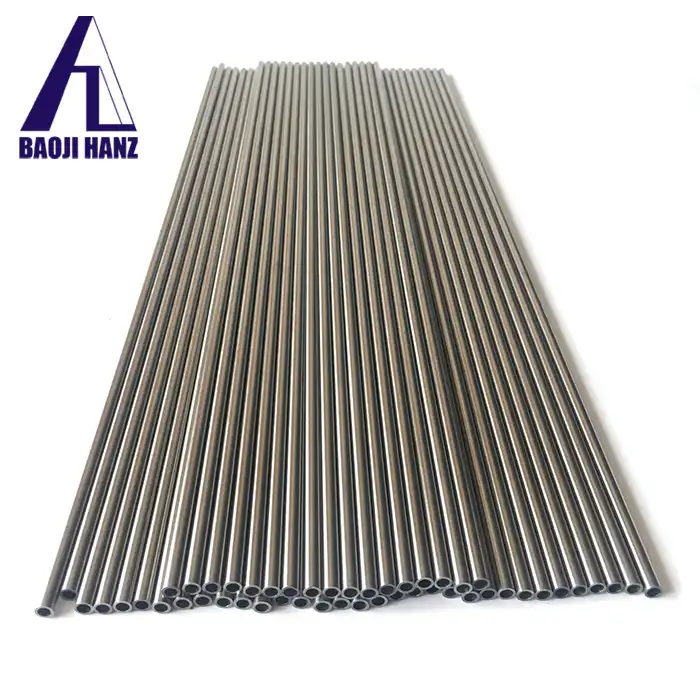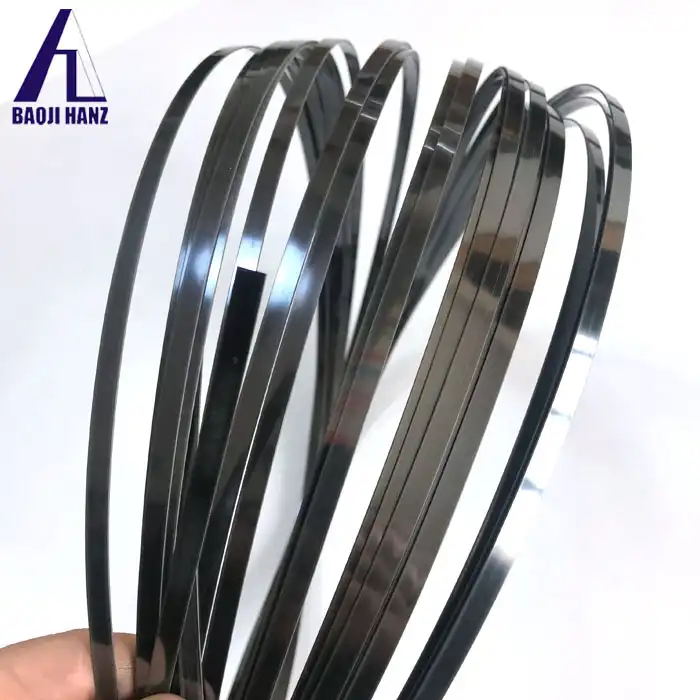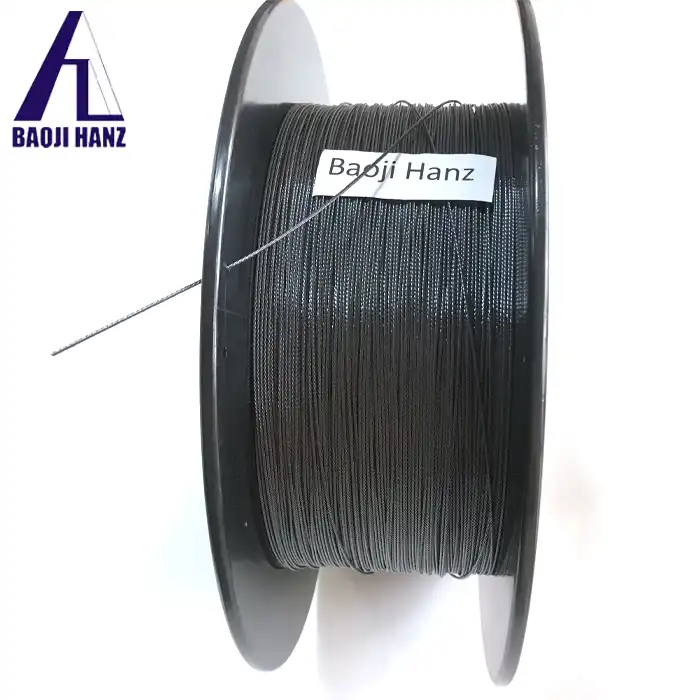What is the change of nickel-titanium paper clip after encountering 65℃ hot water?
2025-03-17 21:33:13
What is the change of nickel-titanium paper clip after encountering 65℃ hot water?
Nickel-titanium paper clips will have shape recovery after encountering hot water at 65 ° C, which is determined by the shape memory effect of nickel-titanium alloy.
Process:
1. Shape memory effect: Nitinol alloy is processed into a specific shape at high temperature (austenitic phase), and can be deformed after cooling (martensitic phase). When the temperature rises again above the phase transition temperature, the alloy will revert to the previously preset shape.
2. 65 ° C hot water: 65 ° C temperature is higher than the phase transition temperature of most nickelinol alloys (usually between 40 ° C and 60 ° C), so the paper clip will be transformed from martensitic phase to austenite phase and return to its original shape.
For example:
If the nickel-titanium paper clip is bent into other shapes and then placed in hot water at 65 ° C, the paper clip will gradually return to its original shape.
Note:
Different components of nickel-titanium alloys have different phase change temperatures, so not all nickel-titanium paper clips can recover their shape in hot water at 65 ° C.
The speed and extent of shape recovery depends on factors such as the temperature of the hot water, the size and shape of the paper clip.
In SUMMARY:
Nickel-titanium paper clips regain their shape in hot water at 65 ° C, due to their unique shape memory effect.
This feature makes it have broad application prospects in medical, aerospace and other fields.
Conclusion
The shape memory effect of Nitinol has revolutionized the world of jewelry design, offering unparalleled possibilities for creating adaptive, resilient, and interactive pieces. From self-adjusting rings to transformable pendants and durableNickel-titanium paper clips , this remarkable alloy continues to push the boundaries of what's possible in wearable art. As technology advances and designers become more adept at harnessing Nitinol's unique properties, we can expect to see even more innovative and captivating jewelry designs in the future. If you want to get more information about this product, you can contact us at baojihanz-niti@hanztech.cn.
Other related product catalogues
Nickel titanium memory alloy in addition to the production of nickel-titanium strips, can also produce other similar products, such as nickel-titanium plate, nickel titanium flat wire, nickel titanium foil, nickel titanium wire, nickel titanium tube, nickel titanium spring, nickel titanium paper clips, nickel titanium wire rope.
|
|
|
|
|
|
|
|
References
1. Johnson, A. D. (2016). "Memory Alloys: Applications in Space and Medicine". Journal of Materials Engineering and Performance,
2. Lagoudas, D. C. (Ed.). (2008). "Shape Memory Alloys: Modeling and Engineering Applications". Springer Science & Business Media.
3. Otsuka, K., & Wayman, C. M. (Eds.). (1999). "Shape Memory Materials". Cambridge University Press.
4. Sun, L., Huang, W. M., Ding, Z., Zhao, Y., Wang, C. C., Purnawali, H., & Tang, C. (2012). "Stimulus-responsive shape memory materials: a review". Materials & Design, 3
5. Yahia, L. H. (Ed.). (2000). "Shape Memory Implants". Springer Science & Business Media.
6. Ölander, A. (1932). "An electrochemical investigation of solid cadmium-gold alloys". Journal of the American Chemical Society,

